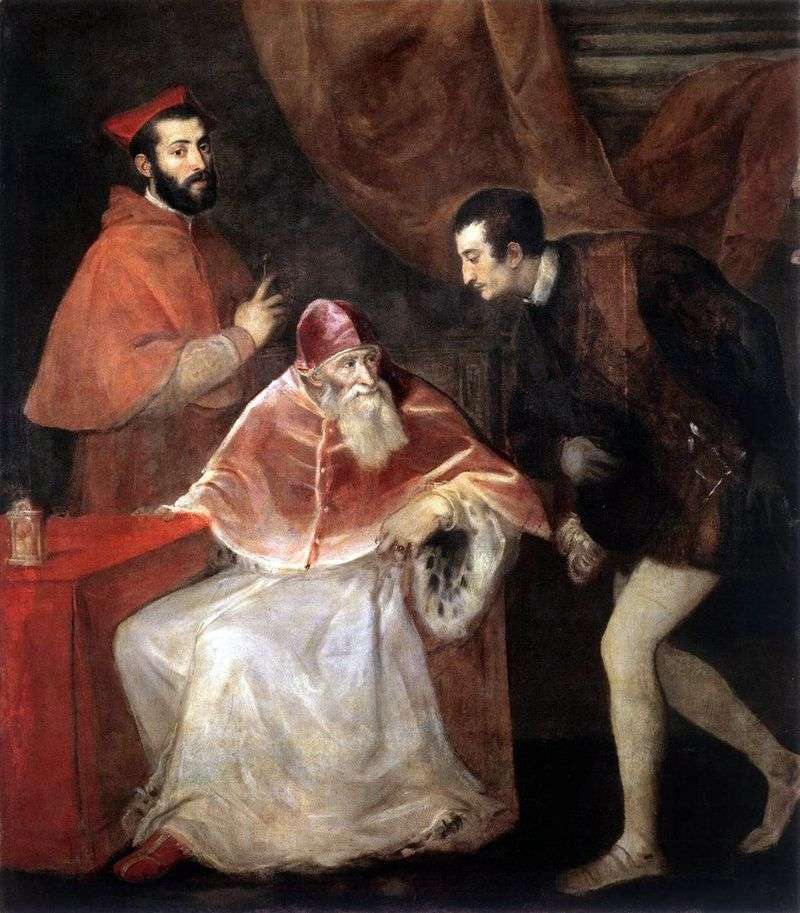
Unfinished painting by artist Tiziano Vecellio “Pope Paul III with Alessandro and Ottavio Farnese”. The size of the picture is 210 x 176 cm, canvas, oil. The client of the painting was nephew of Pope Paul III Ottavio Farnese. In the 1540s, Titian creates a new portrait genre, called his friend Aretino “history” – in large canvases depicting customers in full growth, the solemn magnificence of the ceremonial portraits is combined with the dramatic complexity of the characters, the storyline that brings these paintings together with the genre of the historical picture.
Now Titian creates images that are not typical of the High Renaissance. Such, for example, is his Paul III, outwardly reminiscent of his composition portrait of Julius II Raphael. But this similarity only shades the deep difference of images. Julia’s head is depicted with some kind of objective calm; it is characteristic and expressive, and in the portrait itself, the main features of his character that are inherent in this person are transferred primarily. Concentrated-pensive, strong-willed person corresponds calmly, imperiously lying on the arms of the armchair armchairs. The hands of Paul are feverishly nervous, the folds of the cloak are full of movement.
Lightly dipping his head in the shoulders, with a sagging predatory jaw, with aged wary eyes, he looks at us from the portrait. The Titian images of these years are contradictory and dramatic in their very nature. The characters are transmitted with Shakespearean power. The restless suspicion of the old man, who looks around with ominous and distrustful eyes at Ottavio, the representative banality of Alessandro’s appearance, the creepy flattery of young Ottavio, in his bold but cold and cruel hypocrite, creates a dramatic scene that is dramatic in its drama.
Only a man brought up by Renaissance realism could not be afraid to show so mercilessly truthfully all the peculiar power and energy of these people and simultaneously reveal the essence of their characters. Their cruel egoism, immoral individualism with harsh precision are revealed by the master through their juxtaposition and collision. It was interest to reveal the characters through their juxtaposition, to reflect the complex inconsistency of interrelations between people, prompted Titian – in essence, for the first time – to turn to the genre of the group portrait, which was widely developed in the art of the 17th century.
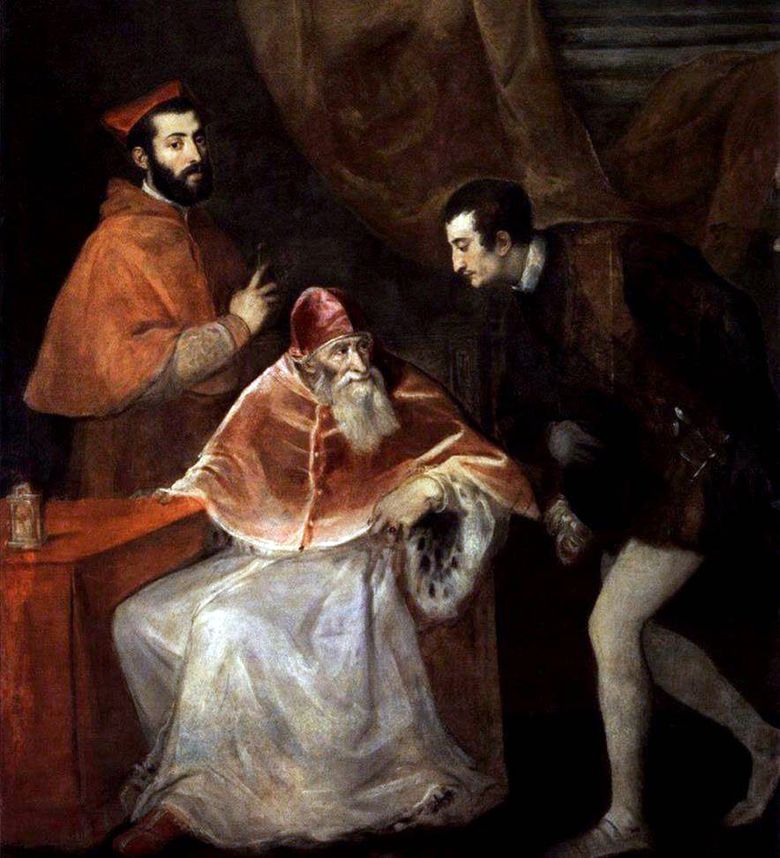 Le pape Paul III avec Alessandro et Ottavio Farnese – Titian Vecellio
Le pape Paul III avec Alessandro et Ottavio Farnese – Titian Vecellio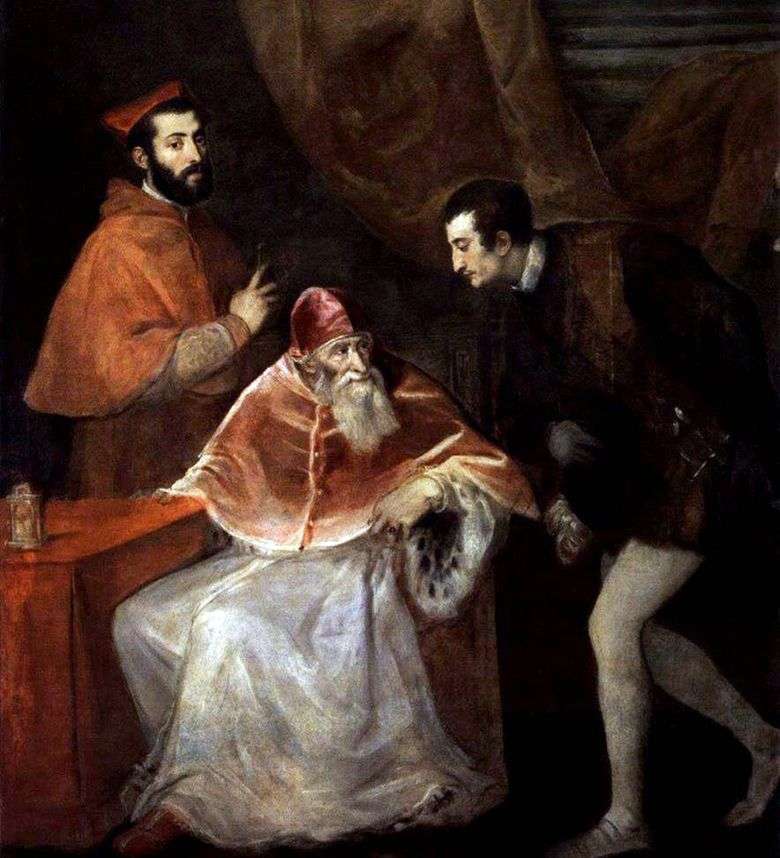 Papa Pablo III con Alessandro y Ottavio Farnese – Titian Vecellio
Papa Pablo III con Alessandro y Ottavio Farnese – Titian Vecellio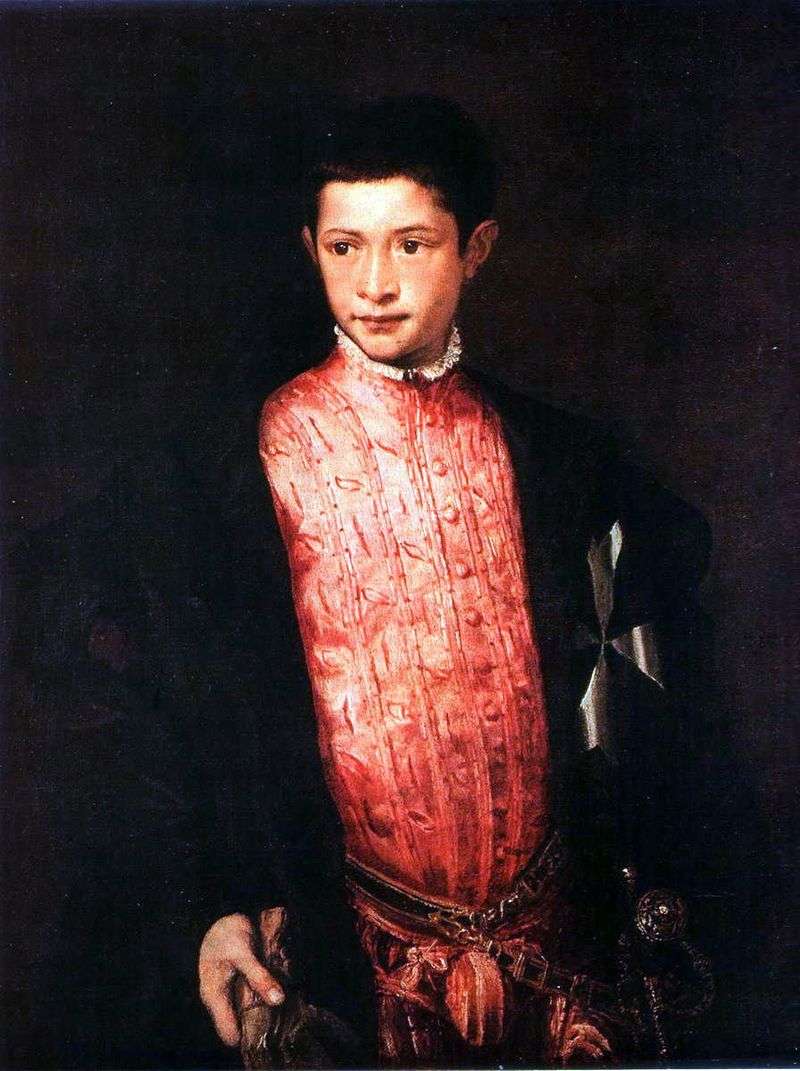 Portrait of Ranucho Farnese by Titian Vecellio
Portrait of Ranucho Farnese by Titian Vecellio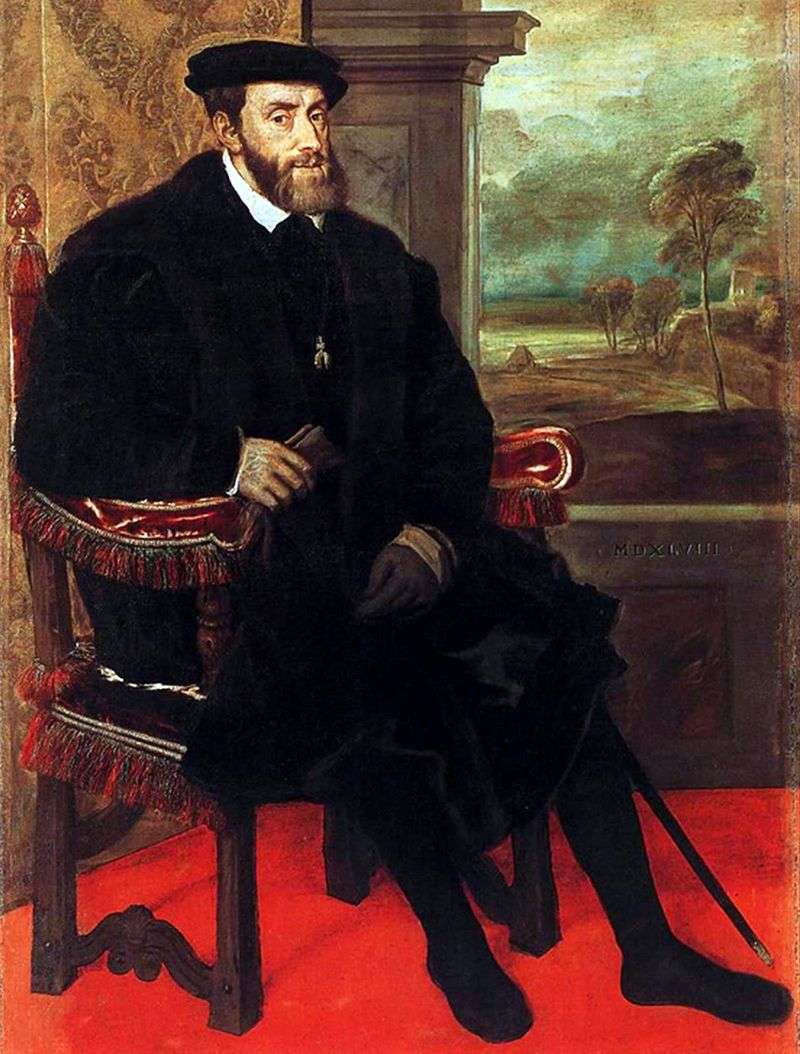 Portrait of Charles V in the chair by Titian Vecellio
Portrait of Charles V in the chair by Titian Vecellio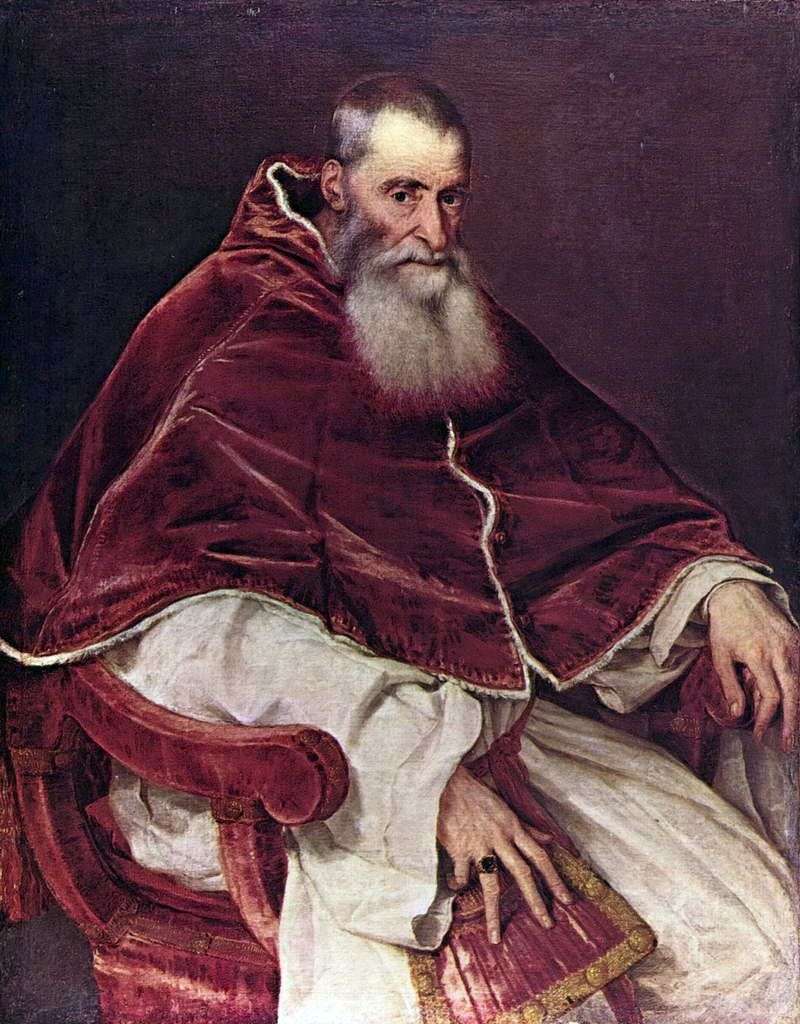 Portrait of Paul III by Titian Vecellio
Portrait of Paul III by Titian Vecellio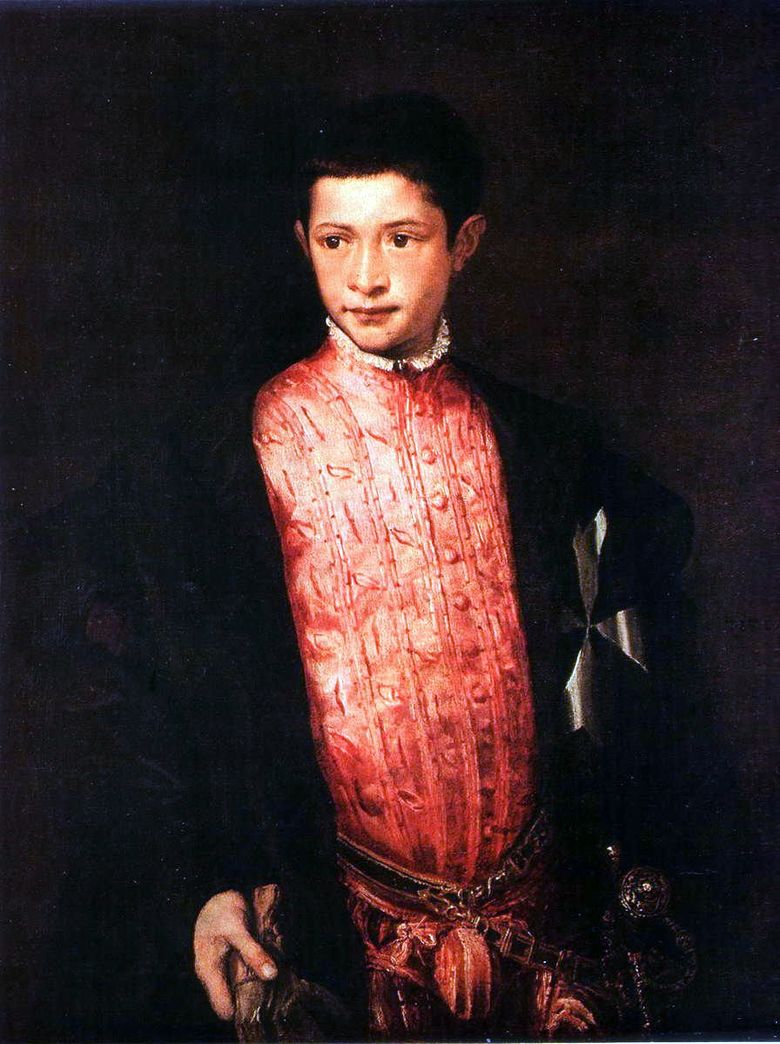 Portrait de Ranuccio Farnese – Titian Vecellio
Portrait de Ranuccio Farnese – Titian Vecellio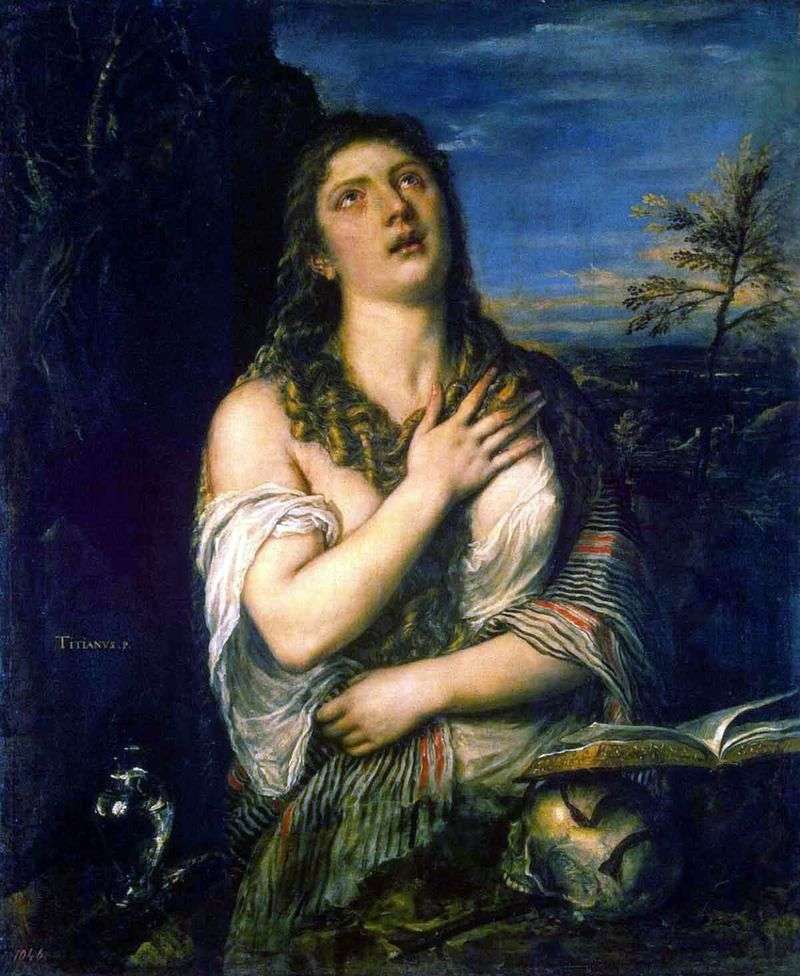 Penitent Mary Magdalene by Titian Vecellio
Penitent Mary Magdalene by Titian Vecellio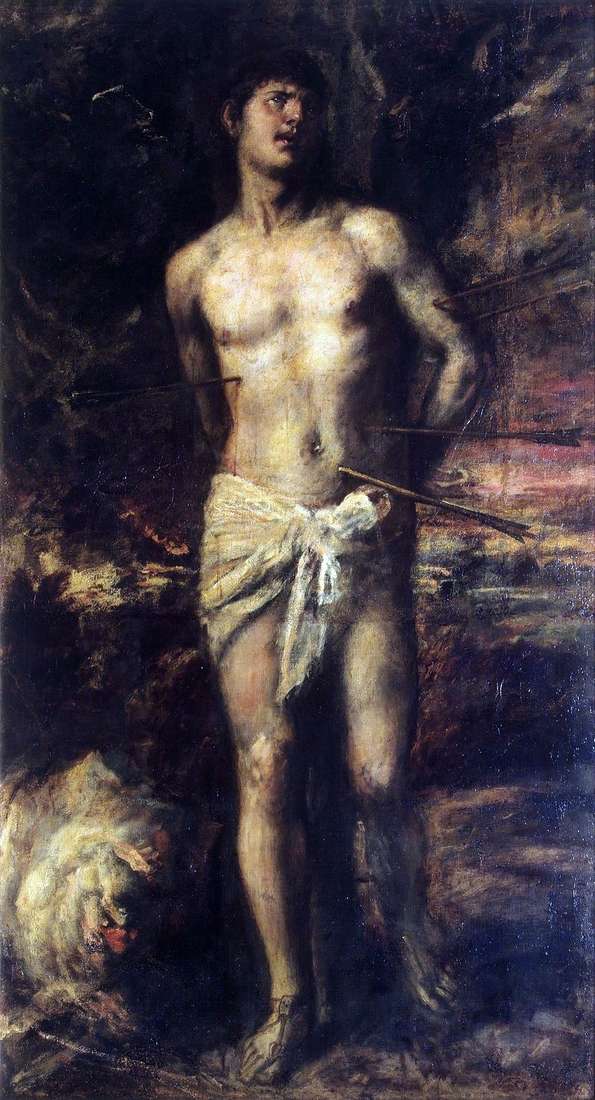 Saint Sebastian by Titian Vecellio
Saint Sebastian by Titian Vecellio